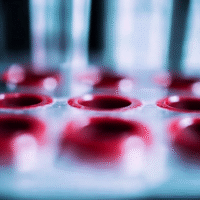Understanding the SOLIUS UVB Light System Study
This study looked at how well the SOLIUS UVB Light System can help people with low vitamin D levels. Vitamin D is important for our health, and many people do not get enough, especially in places with little sunlight.
What Was the Study About?
The study involved 69 people who were divided into two groups:
- Treatment Group: Received UVB light from the SOLIUS system.
- Control Group: Received a fake treatment with blue/purple light.
They were monitored for 21 weeks to see how their vitamin D levels changed.
What Were the Results?
The results showed:
- The treatment group had an average increase of 10.2 ng/ml in vitamin D levels.
- The control group actually saw a decrease of 2.3 ng/ml.
- Most participants tolerated the treatment well, with only minor side effects like redness and itchiness.
What Does This Mean for Patients and Clinics?
The SOLIUS system is an effective and safe way to increase vitamin D levels in people who are deficient. This is especially helpful for those who do not get enough sunlight or have trouble absorbing vitamin D from food.
Real-World Opportunities
Hospitals and doctors can:
- Use the SOLIUS system to treat patients with low vitamin D levels.
- Educate patients about the importance of vitamin D and how to maintain healthy levels.
What Should Clinics Track?
After using these findings, clinics should monitor:
- Changes in patients’ vitamin D levels over time.
- Any side effects experienced by patients during treatment.
AI Tools to Consider
Clinics can explore AI tools that help track vitamin D levels and predict patient responses to treatments. These tools can provide personalized care plans based on individual needs.
Step-by-Step Plan for Clinics
- Start Small: Begin by introducing the SOLIUS system to a few patients with known vitamin D deficiency.
- Monitor Results: Track their vitamin D levels and any side effects closely.
- Gather Feedback: Ask patients about their experience with the treatment.
- Expand Use: If successful, gradually offer the treatment to more patients.
For more detailed information about the study, you can read the full research article here.






























